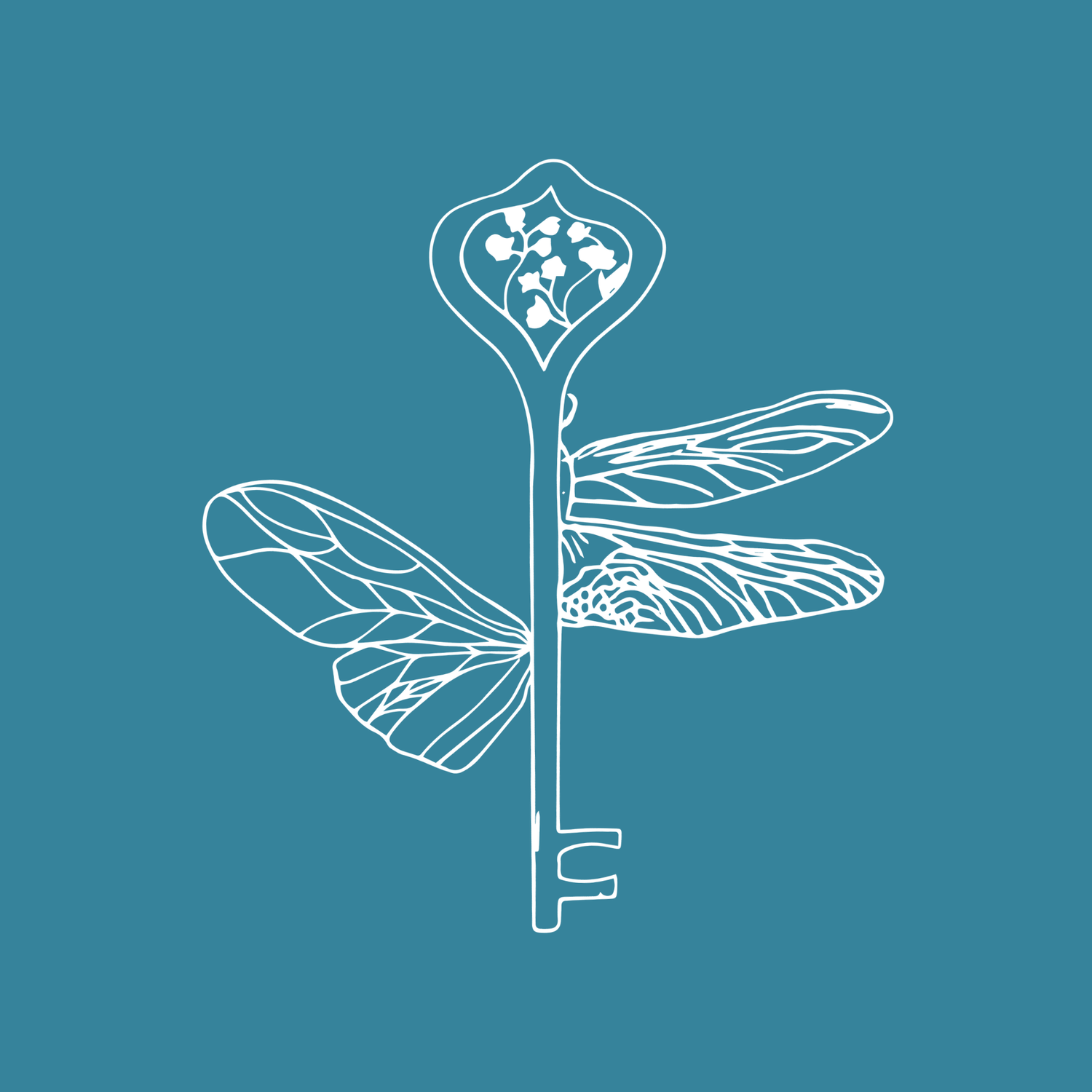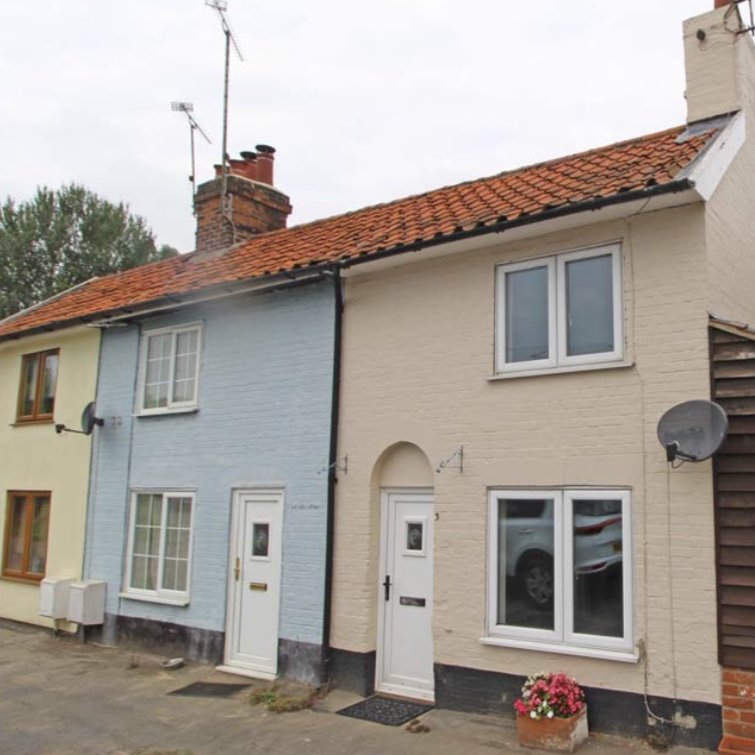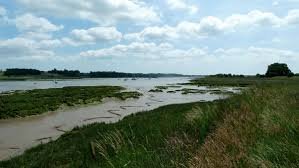As red as the lion of Martlesham!
I live and make my silver jewellery in a village called Martlesham near the charming old town of Woodbridge here in Suffolk, East Anglia in the U.K.
This village although it has been extended and has moved away from St Mary’s the village church is actually steeped in history not unlike many villages here in Britain.
Martlesham Bridge, over the River Fynn is the site of the original old ford, before the building of the first pack-horse bridge in Medieval times.
The Romans settled here having recognised the area as strategically important on a main arterial route.
There have been numerous “finds,” mostly of pottery and coins. But there was also a very noteworthy statue unearthed in Victorian times. It is a bronze horse standing on a plinth with a Latin inscription indicating that this was an offering dedicated by a woman named Simplicia to the god Mars. This god was famous as the god of war. But there was another side to this deity, he was also revered as an agricultural guardian, directing his energies toward creating conditions that allow crops to grow, which may have included warding off hostile forces of nature.
Just past the river crossing is the Red Lion, a pub simply packed with history and legend. The building itself dates back to the 16th century and it retains much of its original charm with features like exposed beams and open fireplaces. There is something quite special here though, a striking carved ship’s figurehead, for centuries the source of local myth and speculation.
The pub was formerly known simply as the Lion, but with this new local landmark it became the Red Lion. However there is also another local fable that the figurehead actually came from a vessel shipwrecked off the Suffolk coast in 1740.
When the main road here became a turnpike in the 18th century the Red Lion took on a new rôle as an overnight staging post for coaches between London and Great Yarmouth.
Just opposite the Red Lion is School Lane. We now follow this, keeping to the left where we soon pass a fine old house called Capper Brook, this is in fact the village school from Victorian times that gave its name to the lane. Like many of these quaint old rural schools it closed in the 1960s.
A little way past the former school there is a gate to our left heading into woodland. There is a footpath that cuts its way through the gently sloping Sluice Wood, a delight in early Summer when it is carpeted with bluebells. We soon catch our first glimpse of the open water that is Martlesham Creek, and then burst out of the shade to be greeted by the reedbeds and salt marshes of this windswept tranquil place. Just above us now, though mostly obscured by the trees is Martlesham church, an isolated and historic landmark guarding the estuary from on high.
This is real Saxon country here in the “heartland” of Wuffinga territory. The East Anglian King Raedwald is buried with his famous treasure ship at Sutton Hoo just a couple of miles along the Deben estuary. Trading ships as well as war parties would have seen Martlesham church as a beacon on their journeys around a bloody area notorious for Viking attack. The church at the cliff-top today is not the same one, being mostly rebuilt in the 19th century but it still worth a visit. Inside the little church there is a lovely Edwardian gem, one of East Anglia’s largest collections of Arts and Crafts stained- glass, the work of celebrated artist and architect Walter Pearce, depicting a selection of parables.
As I often pass the Red Lion pub I have remarked on how ugly the red lion on the wall is… but there is a story of where it came from! .
At 2.30am on the morning of 28th May, 1672, a French frigate sailed into Southwold Bay (called Sole Bay) on the Suffolk coast. It reported that the Dutch Fleet had been sighted and were two hours away. It was disturbing and unexpected news. Southwold provided much to entertain sailors, especially the town’s ale houses, and the English fleet had assembled there to refit. Many seamen and soldiers had been sent from London, and most of the crews were enjoying shore leave with battle a remote prospect.
There was an urgent call to arms and at 5.30am the English ships at anchor on the shore put to sea. The Anglo-French fleet was commanded by James, Duke of York – later to become James II – and the Earl of Sandwich, both of whom had spent the night at their headquarters, Sutherland House in the High Street. This was one of the few buildings to have escaped the great fire of 1659 in which most of Southwold was razed to the ground..
The fleet had 71 ships each with over 40 guns, plus frigates and fireships: 90 in all. Fire ships were vessels loaded with combustibles and explosives, ignited and set adrift to destroy enemy’s ships.
It amounted to over 5,500 guns and 24,000 men. But the French fleet, whether through accident or design, steered south and left the scene of battle.
This left the Dutch fleet of 61 warships to fight it out with the English, and the battle raged much of the day. The Duke of York had to transfer twice, as his flagships Prince Royal and St Michael were taken out of action. The flagship of Lord Sandwich, HMS Royal James, the biggest and newest ship in the English fleet, was set on fire. Sandwich drowned trying to escape, his body washed ashore further down the coast and was only recognisable by the Star and Garter on his clothing.
As the noise of the battle grew, crowds gathered on the cliffs. The thunder of the guns brought people hurrying from nearby villages. However, they saw little of the battle taking place some ten miles out to sea. Clouds of smoke billowed from burning fireships – vessels deliberately set alight to destroy enemy ships. And when the day seemed to be doing badly for the English, an order went out that no person should leave the town, but remain to repel the Dutch in case they landed.
Losses were heavy on both sides – the Dutch lost two ships and about 1800 men, and the English also lost two ships and some 2000 men. The battle ended inconclusively at sunset. Predictably, both sides claimed victory.
The people of Southwold had to deal with around 800 injured sailors, not to mention the many bodies which washed up along the shoreline for many weeks afterwards.
The English had to be content with the relatively elderly 48-gun Stavoren as their only prize. A ship was a ship however. In the summer of 1673 the English and French attacked the United Provinces once again. The Stavoren, was built in Edam in 1653. She was built for the Amsterdam Admiralty and was probably sponsored by the town whose name she bore. Pencil sketches made in 1658 show, indistinctly, that she had a large painting of a town emblazoned across her stern.
The Stavoren was a 48-gun ship with a crew of 180 men and the exciting, ugly, fierce, dragon figure head with hair is actually a red lion, symbol of the United Provinces – and frequently used on English warships too.
The Stavoren was renamed HMS Stavoreen and her red lion figurehead was sailing against her former countrymen.
The Stavoren was badly damaged at the Battle of the Texel (August 1673) and in 1682 she was declared 'useless' and sold to the ship-breakers.
How did the Stavoren's figurehead arrive on the Red Lion pub wall?. It's an old pub, a coaching inn, probably pre-dating Sole Bay and the lion has been there for a very long time. “Red as the lion of Martlesham” has become a Suffolk saying and my best guess is that it was purchased from the shipbreakers in 1682, perhaps with some useful timber.
.








